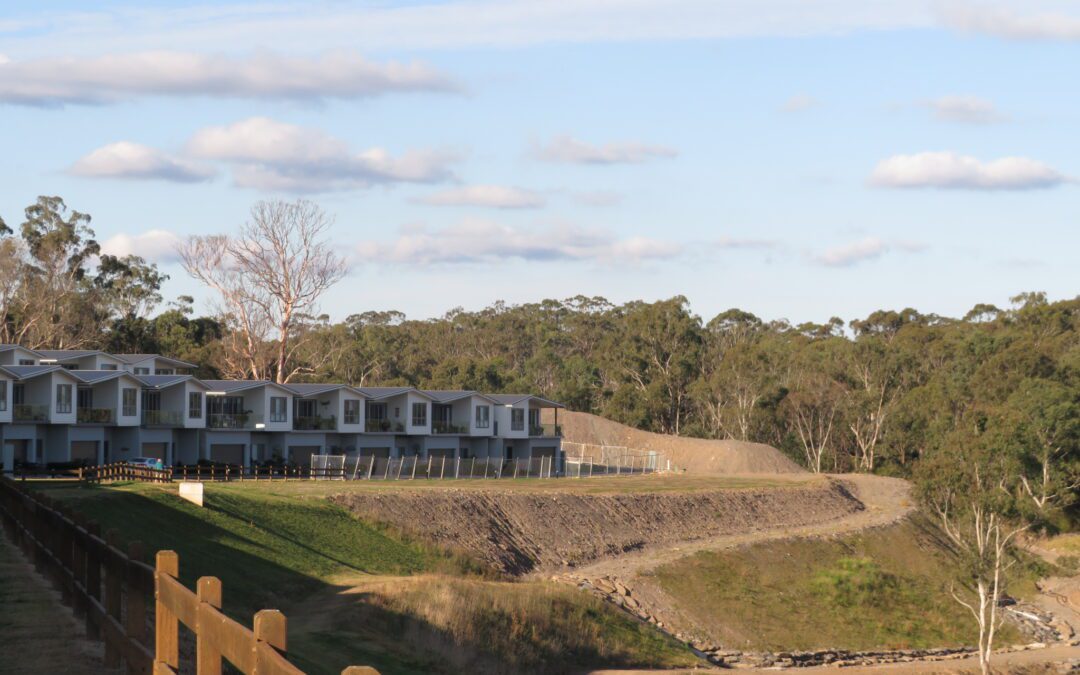Australia is home to more animal species than 93 per cent of countries, and is a world leader in deforestation, resulting in the highest rates of species decline in the developed world.
Land clearing, logging, and habitat loss are the biggest drivers of animal extinction, and that in an attempt to address ever-growing cities and demand for housing, Australia has entered a land clearing crisis, according to conservation biologist, Professor John Woinarski.
“Much of the current biodiversity decline is occurring in areas subject to the most rapid human population growth and habitat transformation,” Prof Woinarski said.

Currently, more native vegetation is cleared than what is being planted or naturally restored, the latest data from ‘Bush Heritage Australia’ shows that Australia has lost over 45 per cent of forest, with 52 hectares bulldozed every hour. This is equivalent to Seven Suncorp Stadiums.
Eastern Australia alone ranks alongside the top 10 of the world’s major deforestation fronts.
Removing native forests introduces new barriers to wildlife. These disturbances occur when they are harmed during land clearing operations, exposed to busy roads, predators, and loss of food sources.
About 435,000 hectares of forest have been cut in Australia since the year 2000, affecting 244 threatened species, and 104 critically endangered animals.

WIRES Environmentalist and Wildlife Rescuer, Kate Banister said the current housing developments and land clearing in NSW and QLD are to blame as major wildlife corridors having been cut, leaving animals without homes, and forcing them onto busy roads.
“During this time of year, I would normally go weeks, or even months without a call but this year I’m receiving multiple calls each day,” Ms Banister said.
“At 7AM this morning I received a phone call, ‘dead koala in the middle of Picton Road’, 20 metres up from that, a dead kangaroo on the side of the road.
“These are just the animals that people can visually see, there are others such as bird species, gliders, and possums that have lost their habitat as well, and thousands of flora species.”

There are three major developments currently underway in the greater Sydney region.
These housing expansions are set to cover 200,000 hectares across eight local government areas and have already placed 23 threatened species in harm’s way.

The Wilton development in Sydney’s Wollondilly shire is set to deliver over 15,000 new homes, jobs, multiple schools, and community facilities and has cut the wildlife corridor where animals pass in two.
Just further up north lies the Mount Gilead development, where 70 per cent of native trees and endangered habitat have been stripped following its rezoning from a protected zone to a residential zone in 2014.

President of Save Sydney Koalas, Maria Doherty said the developments do not cater to people who need homes, nor the animals already living there.
“There is no affordable housing on site, it isn’t families or people who really need homes buying these lots, it’s all the investors,” Ms Doherty said.
“They haven’t delivered the promised underpasses or overpasses either, and a relocation of the animals is a death sentence.
“You shouldn’t need to wipe out an entire species to build homes.”

The greater Macarthur region currently homes 310,000 people and is expected to double by 2050, Ms Doherty said this creates a grim future for our native wildlife and forests.
Mount Gilead Retirement village resident, Marcia McCarty has lived in the middle of the East Coast construction for over 12 years, where she has watched the green landscape around her turn into dirt and tightly packed neighbourhoods.
“This was all forest when I first moved here, the construction was always present, but we weren’t warned that it would carry on for this long and be this extreme,” Ms McCarty said.
“The development site is right In front of my door, tractors, and trucks fly past constantly, and the sounds of trees snapping is a constant occurrence.
“Multiple frightened koalas, echidnas, foxes, and reptiles come near my house daily.”

The threat to native biodiversity includes more than the direct loss of habitat to roads and houses but extends to the broader landscape affected by human disturbances, the expansion of housing developments brings increased impervious surfaces, heightened fire risk, pollutant spread and changes to nutrient and biogeochemical cycles.
Along with these threats, loss of wildlife also poses significant economic and social impacts as a result of deforestation by wealthy nations, poorer nations often face limited access to natural resources to feed themselves, and fewer income-generating opportunities, according to research by the WWF.
“Many people have sold their houses and put a lot of faith into these developments, which are subject to fires and floods due to the extensive land clearing,” Ms Banister said.
She added that there is pressure on the NSW government to cease logging of native forests, following the Victorian Governments decision to end native logging last month.


Here is a detailed look at one of the current land-clearing machines on Australia’s east coast.#JRNL301 #Housingdevelopment #deforestation #extinction #housingcrisis #Landclearing #Australia #protectedhabitat pic.twitter.com/l7j1MXSzFe
— Sienna Wallace (@SiennaWallace11) June 11, 2023

